List of author's articles
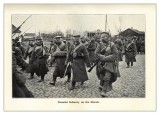
Carpathian "Thermopylae"

Cooperation between NKVD and GESTAPO - myth or reality?

Decisive battle in the Carpathians
Eastern Front and the fighting in the Carpathians 1914
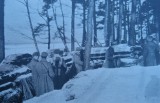
Eastern Front and the fighting in the Carpathians 1915
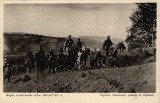
Gate through the Carpathians
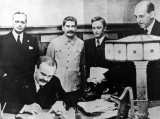
Ground combat operations in the Brest area in June 1941 I.

Ground combat operations in the Brest area in June 1941 II.
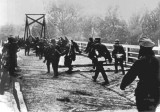
Ground combat operations in the Brest area in June 1941 III.

Ground combat operations in the Brest area in June 1941 IV.
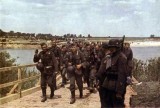
Ground combat operations in the Brest area in June 1941 V.

Interview with Mark Solonin
Latvia at the Crossroads of Wars 1914 - 1920 (I.)
Latvia at the Crossroads of Wars 1914 - 1920 (II.)

Lieutenant General Matvey Aleksandrovich Sulkevich

List of the 15 most successful Soviet snipers
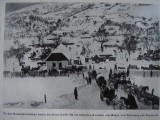
Nothing new on the Carpathian front

Ratio of Wehrmacht and Red Army forces 1940–1941

Ratio of Wehrmacht and Red Army forces 1940–1941 - Part 2

Soviet perception of Germany's war preparations in the years 1940 - 1941
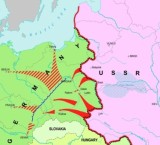
Stalin 's war plans and the real causes of the defeats of the Red Army in 1941
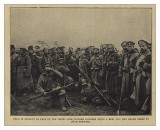
The forgotten battlefield in the Carpathians
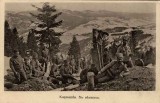
The legend of the desertion of the Prague 28th Infantry Regiment in the Carpathians

The most successful Soviet snipers 1941 - 1945
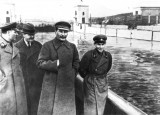
The myth of purges in the Red Army
The purges in the Red Army officers in 1937-1938 were used by official Soviet historiography as one of the main arguments for explaining the Soviet Union's unpreparedness for war with Germany. However, contemporary Russian historians have refuted this argument and, based on their research, have shown the true extent and real effects of purges.
Join us
We believe that there are people with different interests and experiences who could contribute their knowledge and ideas. If you love military history and have experience in historical research, writing articles, editing text, moderating, creating images, graphics or videos, or simply have a desire to contribute to our unique system, you can join us and help us create content that will be interesting and beneficial to other readers.
Find out more